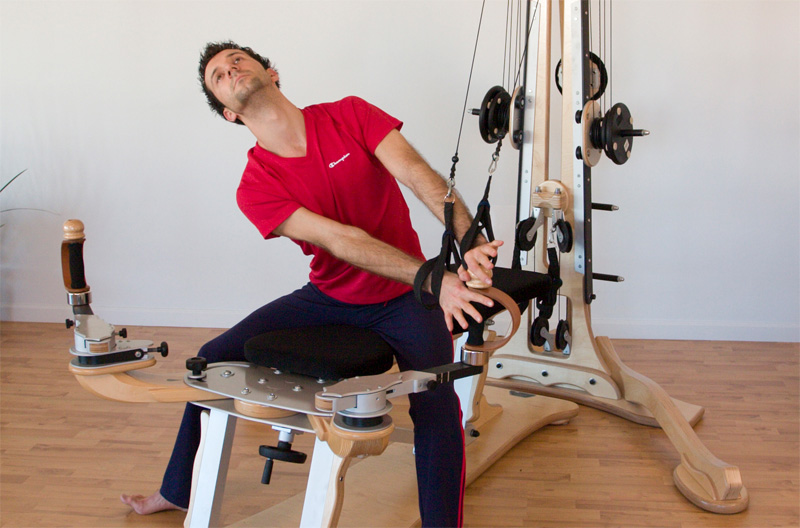Stretching, flexibility, and warming up are integral components of any fitness routine, yet they are often misunderstood or poorly executed. While these practices are widely acknowledged as beneficial, misconceptions and improper techniques can sometimes diminish their effectiveness or even cause harm. This article delves into the key aspects of stretching and warming up, providing clarity, humor, and expert-backed insights to help you maximize their benefits and enhance your fitness journey.
Stretching and Warming Up: Not the Same
Contrary to popular belief, stretching and warming up are not interchangeable. Warming up is designed to prepare your body for the physical demands of exercise, typically involving light aerobic activities such as jogging in place or dynamic arm circles. These activities elevate your heart rate and increase blood flow to your muscles. Stretching, on the other hand, focuses on improving flexibility and relieving tension in specific muscle groups. Importantly, stretching cold muscles can lead to injury, so always warm up first.
The Science Behind Stretching
Research on the benefits of stretching has yielded mixed results. While some studies highlight its role in improving range of motion, reducing muscle tension, and enhancing blood circulation, others suggest minimal effects. Anecdotal evidence, however, strongly supports stretching as a valuable practice for maintaining joint health, muscle coordination, and overall physical function. When done correctly, stretching can be a cornerstone of injury prevention and athletic performance.
Targeting the Right Areas
Effective stretching requires a focus on the major muscles and joints involved in your activity. For example, if you're preparing for a run, prioritize your legs, hips, and lower back. A balanced approach is crucial; ensure that both sides of your body receive equal attention to avoid imbalances that could lead to injury or reduced performance.
Say No to Jerky Movements
Stretching should always be smooth and controlled. Bouncing or jerky movements not only place unnecessary stress on your joints but can also cause microtears in your muscles. These microtears may result in scar tissue, which tightens muscles and reduces flexibility. Aim for slow, deliberate movements that gently push your muscles to their limits without causing pain.
The Fine Line Between Tension and Pain
While stretching may induce a mild sensation of tension, it should never be painful. Pain is your body’s way of signaling that you've gone too far. Overstretching can lead to muscle strains or other injuries. Listen to your body, and aim to feel a comfortable stretch rather than sharp discomfort.
When to Modify or Skip Stretching
There are situations where stretching should be avoided or adjusted. For example, stretching a strained muscle or inflamed joint can exacerbate the issue. Additionally, sharp pain during stretching is a clear indicator to stop. If you’re recovering from an injury or dealing with a medical condition, consult a healthcare professional to develop a safe and effective stretching routine.
Exploring Different Stretching Techniques
Stretching techniques fall into four main categories: ballistic, dynamic, static, and proprioceptive neuromuscular facilitation (PNF). Ballistic stretching, characterized by bouncing movements, is generally discouraged due to its risk of injury. Dynamic stretching, which involves controlled movements, is often used in warm-ups to prepare the body for activity. Static and PNF stretching are excellent for improving flexibility, with PNF being particularly effective when performed with a partner or resistance.
Is Too Much Flexibility a Risk?
While flexibility is beneficial, excessive flexibility can sometimes compromise joint stability, increasing the risk of injury. This is particularly true if joint integrity is affected. That said, exceptional flexibility and sound joint health are not mutually exclusive. With proper training and attention to technique, you can achieve a balance that supports both mobility and stability.
Aging and Flexibility
Many people assume that a loss of flexibility is an inevitable part of aging. However, this decline is often the result of inactivity rather than age itself. Regular stretching and mobility exercises can maintain and even improve flexibility, helping older adults preserve their posture, coordination, and functional abilities while reducing the risk of injury.
Expert Recommendations
The American College of Sports Medicine (ACSM) offers evidence-based guidelines for flexibility training. They recommend engaging in stretching exercises 2 to 3 days per week, holding each stretch for 10 to 30 seconds to a point of mild discomfort. For PNF stretching, they suggest a 6-second contraction followed by a 10- to 30-second assisted stretch. Consistency and proper technique are key to reaping the benefits of stretching.
Stretching, flexibility, and warming up are essential components of a well-rounded fitness routine. By understanding their unique roles and applying the principles discussed in this article, you can enhance your physical performance, reduce your risk of injury, and enjoy a greater sense of overall well-being. Remember to listen to your body, prioritize proper technique, and make these practices a regular part of your fitness journey.
James A. Peterson, Ph.D., FACSM, is a seasoned sports medicine consultant and freelance writer. Formerly the director of sports medicine at StairMaster, he now dedicates his expertise to educating others on health and fitness. Copyright 2010 by the American College of Sports Medicine.













